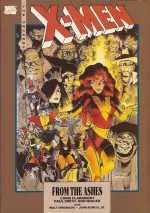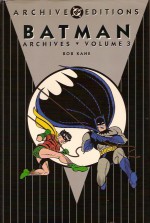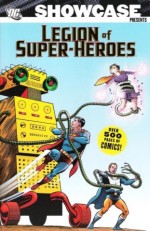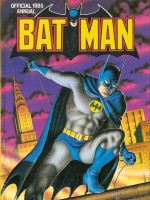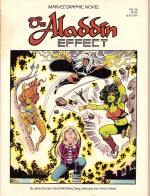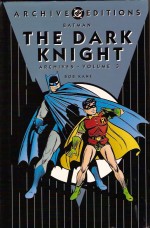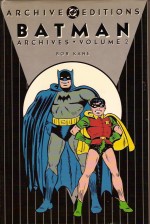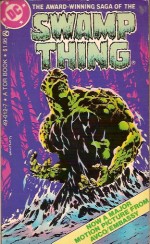
By Len Wein & Berni Wrightson (Tor/DC Comics)
ISBN: 0-523-49012-7
In my perpetual quest to highlight the rare and odd (or “show off†as my mum used to call it) I’ve unearthed a few more nostalgically tangential and “comicbook-adjacent†little gems that will gradually make their way into these reviews whenever I’m feeling a little bit halcyon or backwards-looking.
Take this little treat from 1982, released to coincide with the then still-Big-News of a movie based on a comic book character…
The first fan-sensation of the modern age of comics (or perhaps the last of the true Silver Age?), Swamp Thing had powerful popular fiction antecedents and in 1972 when the character first appeared, was seemingly a concept whose time had come again. Prime evidence was the fact that Marvel were also working on a man-into-mucky, muddy mess character at the very same time.
Both Swampy and Man-Thing were thematic revisions of Theodore Sturgeon’s classic novella It and bore strong resemblances to the immensely popular Hillman character The Heap, who slushed his way through the back of Airboy Comics (née Air Fighters) from1943; bridging the first death of superheroes and rise of horror and crime comics.
My fan-boy radar suspects that Roy Thomas’ marsh-monster the Glob (from Incredible Hulk #121 and #129 (November 1969 and June 1970) either inspired both DC and Marvel’s creative teams, or was part of that same zeitgeist. Skywald, a minor player patterned on Warren Comics monochrome magazine hits Eerie and Creepy, released a new black-&-white title The Heap in the Autumn of 1971.
For whatever reason, by the end of the 1960s superhero comics had started another steep sales decline, once again making way for a horror/mystery boom: a sea-change facilitated by a swift rewriting of the Comics Code Authority. At DC, House of Mystery and its sister title House of Secrets returned to short story anthology formats and gothic mystery scenarios, taking a lead from such TV successes as Twilight Zone and Rod Serling’s Night Gallery with EC veteran Joe Orlando as editor.
The twelfth anthology issue of House of Secrets cemented the genre into place as the industry leader. In it writer Len Wein and Berni Wrightson produced a throwaway gothic thriller set at the turn of the 19th century, wherein gentleman scientist Alex Olsen was murdered by his best friend and his body dumped in a swamp. Years later his beloved bride, now the unsuspecting wife of the murderer, was stalked by a shambling, disgusting beast that seemed to be composed of mud and muck…
‘Swamp Thing’ (cover-featured in HoS #92, June/July 1971) struck an immediate chord with the buying public. The issue was the top-selling DC title of that month and reader response was fervent and persistent. By all accounts the only reason there wasn’t an immediate sequel or spin-off was that the creative team didn’t want to produce one.
Eventually however, bowing to interminable pressure and with the sensible suggestion of transplanting the concept to contemporary America, the first issue of Swamp Thing appeared on newsstands in the Spring of 1972.
It was a magnificent hit and an instant classic.
Wein and Wrightson together produced ten issues, crafting an extended, multi-chaptered tale of justice/vengeance that was at once philosophically typical of the time and a prototype for the story-arc and mini-series formats which dominate modern comicbook production. They also used each issue/chapter to pay tribute to a specific sub-genre of timeless horror story whilst advancing the major plot.
This nifty little monochrome digest reprints their first three collaborations from the solo title and begins with the revamped origin of a contemporary mire-monster in ‘Dark Genesis’ as husband and wife biologists Alec and Linda Holland move deep into the Bayou Country, working on a “bio-restorative formula†that would revolutionise World Farming. Working in isolation, they were guarded by Secret Service agent Matt Cable.
When representatives of an organisation called The Conclave demanded that they sell their research to them – or else – the patriotic pair refused and the die was cast. When the lab was bombed. Alec, showered with his own formula and blazing like a torch, hurtled to a watery grave in the swamp.
He did not die.
Hideously altered by the formula (and remember, please, that this is prior to Alan Moore’s landmark re-imagining of the character) he was transformed into a gigantic man-shaped horror; immensely strong, unable to speak and seemingly made from living plant matter. Cable and Linda, misinterpreting the evidence, believed that the big mossy ogre killed Alec…
Whilst the G-Man hunted the mossy beast through the swamp Conclave agents returned and attempted to force the secret from Linda. When the monster doubled back he found her body and exacted a terrible vengeance on her killers…
Cable, having failed twice over, determines to hunt the Swamp Thing to the ends of the Earth…
The second tale ‘The Man Who Wanted Forever’ introduced diabolical sorcerer Anton Arcane and his artificial homunculi, The Un-Men (subject of their own Vertigo series in recent years); an aged, seemingly benevolent savant who shanghaied Swamp Thing to the doom-laden Balkans and offered to cure Holland’s vegetable state. However the mage had his own ghastly plans for the vacated green body and Alec had to make a tragic choice to save the world…
As Cable tracked down the plant pariah and began an obsessive vendetta, this stunning collection concludes with the powerfully moving ‘Patchwork Man’ which introduced romantic interest Abigail Arcane and her tragic Frankensteinian father Gregori: the thwarted sorcerer’s dead brother and his earliest experiment in extending life beyond medical and moral limits…
The mini-revolution in the “Camp-superhero†crazed 1960s saw four-colour comicbook material migrate briefly from flimsy pamphlet to the stiffened covers and relative respectability of the paperback bookshelves and the nostalgic wonderment these mostly forgotten fancies still afford long ago showed that there was a proven market for such items beyond the brief attention spans of bored kids.
This terrific little black and white tome, part of National Periodical Publications’ decades-long efforts to reach wider reading audiences, is particularly appealing as Swamp Thing is one of the most sensitively reformatted books of its type and Wrightson’s art – like the work of Steve Ditko – is actually enhanced by the removal of the standard comicbook colouring.
Hard to find but definitely worth it…
© 1982 DC Comics Inc. All Rights Reserved. Swamp Thing is a Trademark of DC Comics Inc

